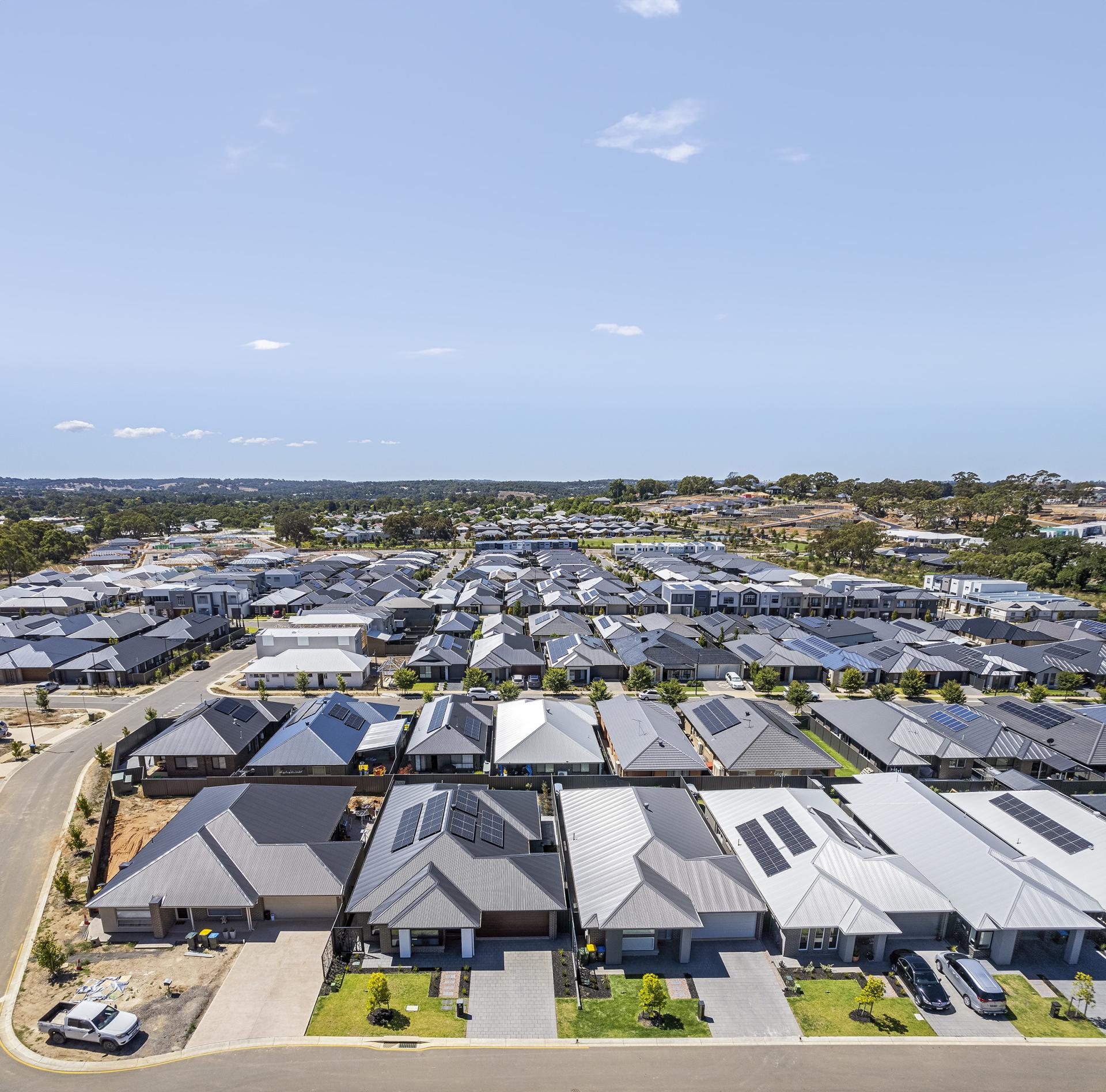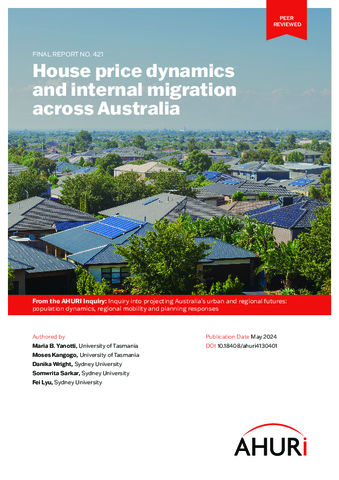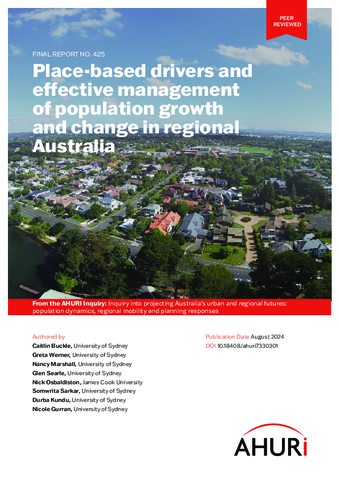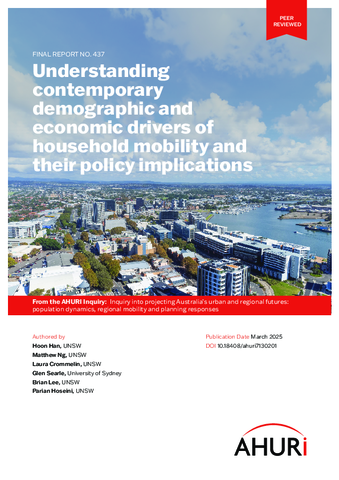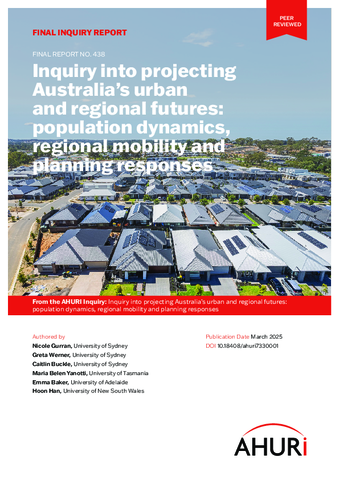Final AHURI Inquiry report
What this research is about
This research Inquiry investigated different ways to predict local population growth and change. It looked at what drives people to move between urban and regional Australia and what this migration means for planning infrastructure and housing to support population growth and change.
The Inquiry included four separate research projects.
Why this research is important
Understanding how people move between cities and regions in Australia is crucial for good planning. Policy makers especially need accurate data for fast-growing areas in order to support population increases with transport, health and education infrastructure as well as new homes.
-
Key findings
More people are leaving cities than moving to them—a long term trend
Since 2007, more people have been leaving capital cities than arriving from regional areas, except in 2013.Between 2011 and 2021, migration patterns within Australian states changed. New regional clusters emerged in New South Wales, Victoria, Queensland, South Australia and Western Australia.
Smaller urban areas are growing around cities like Newcastle and Bendigo. However, capital cities still dominate Australia's urban landscape as they remain the focus for employment and international migration.
People move because of push and pull factors
People who move to the regions tend to be older and have higher household wealth. They're more likely to become homeowners in their new location.Top reasons for moving to the regions include lifestyle (27.8%) and personal reasons (25.2%).
Meanwhile, people moving in the opposite direction—to cities—are mainly motivated by work (27.9%) and are often aged 15–24.
Regional growth increased near metropolitan and coastal areas, in warmer and wetter climates, and where there are more university graduates or larger tourism sectors. Concerns about natural disasters and the ability to work remotely also influence moving decisions.
Population changes impact house prices
When people move to an area, house prices rise locally and in regions further away. Lower-income residents might leave when prices increase.During COVID-19, migration to regional cities caused housing shortages. House prices in regional areas increased by 41.6 per cent between mid-2020 and April 2022, almost double the rise in capital cities (25.5%). Higher house prices slow growth in regional areas.
Different users need different population projection methods
Government projections use data from larger areas over longer periods, like national censuses. They provide a single, reliable information source for all decision makers.Private businesses, researchers and consultants see population projections as a guide for likely local changes. Their projections update more often, use more diverse data and focus on shorter timeframes and smaller areas.
It is essential that government population projection methods keep pace with innovation in order to support timely planning for growing regions. The underlying assumptions used to inform population projections need to be clear and transparent.
-
Policy actions
In order to support this migration trend, policymakers could focus on the following actions:
- extend regional employee incentive schemes to a wider range of critical professions in high-value industries like research, technology start-ups and urban planning
- develop place-based solutions for regional population growth through better coordination between federal, state and local governments and key industries
- invest in regional infrastructure like airports, transport, universities, TAFE campuses, health and school facilities to support and keep people in non-metropolitan areas
- support low-income renters in regional areas through financial help and rental relief
- increase social and emergency housing investments
- develop a national program for gathering and distributing data for Australian governments to use for local population projections. This data should include local knowledge and recognise unique local population dynamics. The program can incorporate a wider range of data sources and analysis methods than used currently. It can also help with training the next generation of demographers.
-
Research design
The Inquiry examined census data from the Australian Bureau of Statistics. It also used the Household, Income and Labour Dynamics in Australia (HILDA) survey to understand people’s characteristics and analysed government policies that affect population movements.
In addition, it surveyed people in three areas that have seen big population changes: Port Macquarie Hastings in New South Wales, Ballarat in Victoria and Broken Hill in New South Wales.

